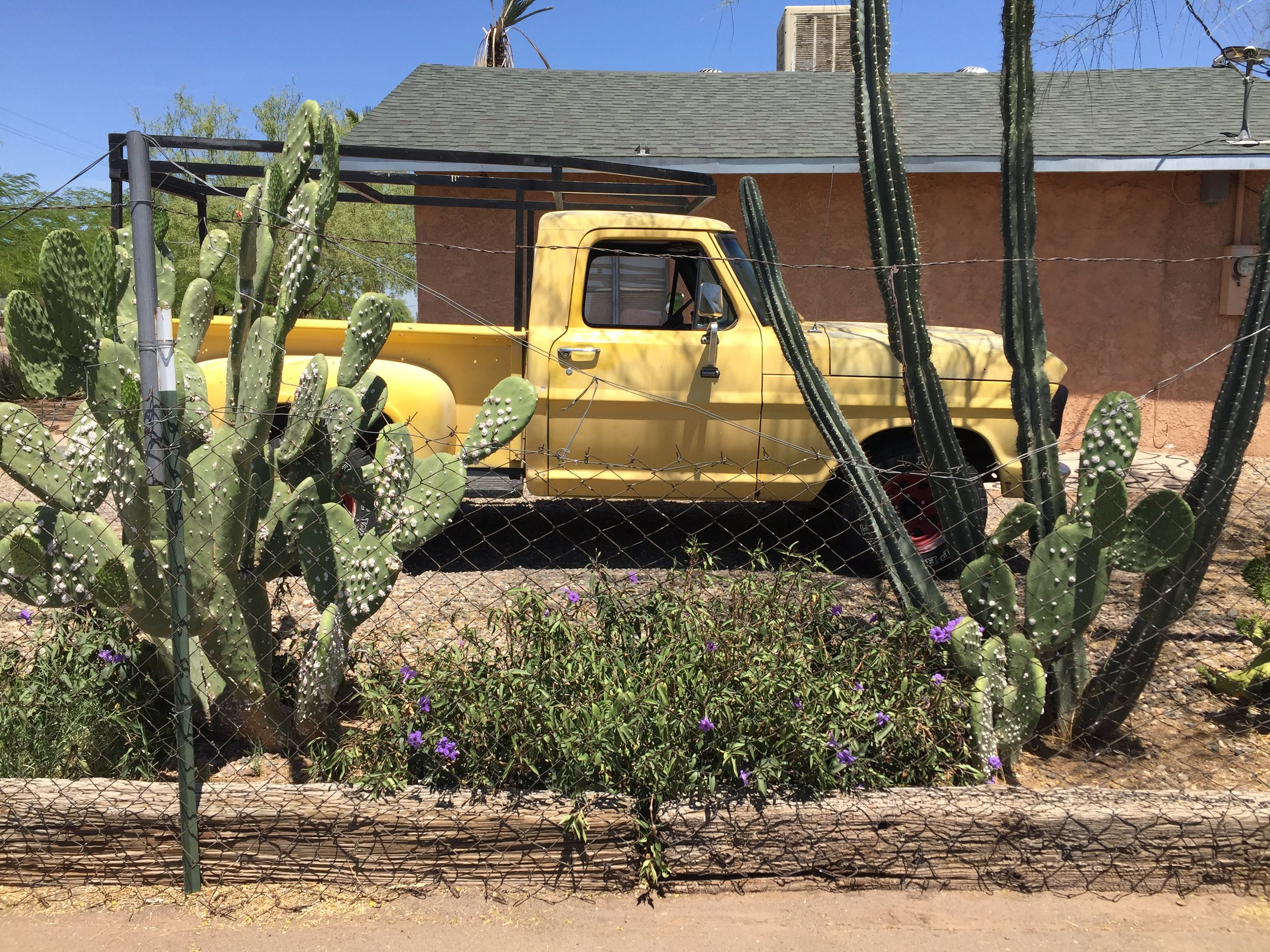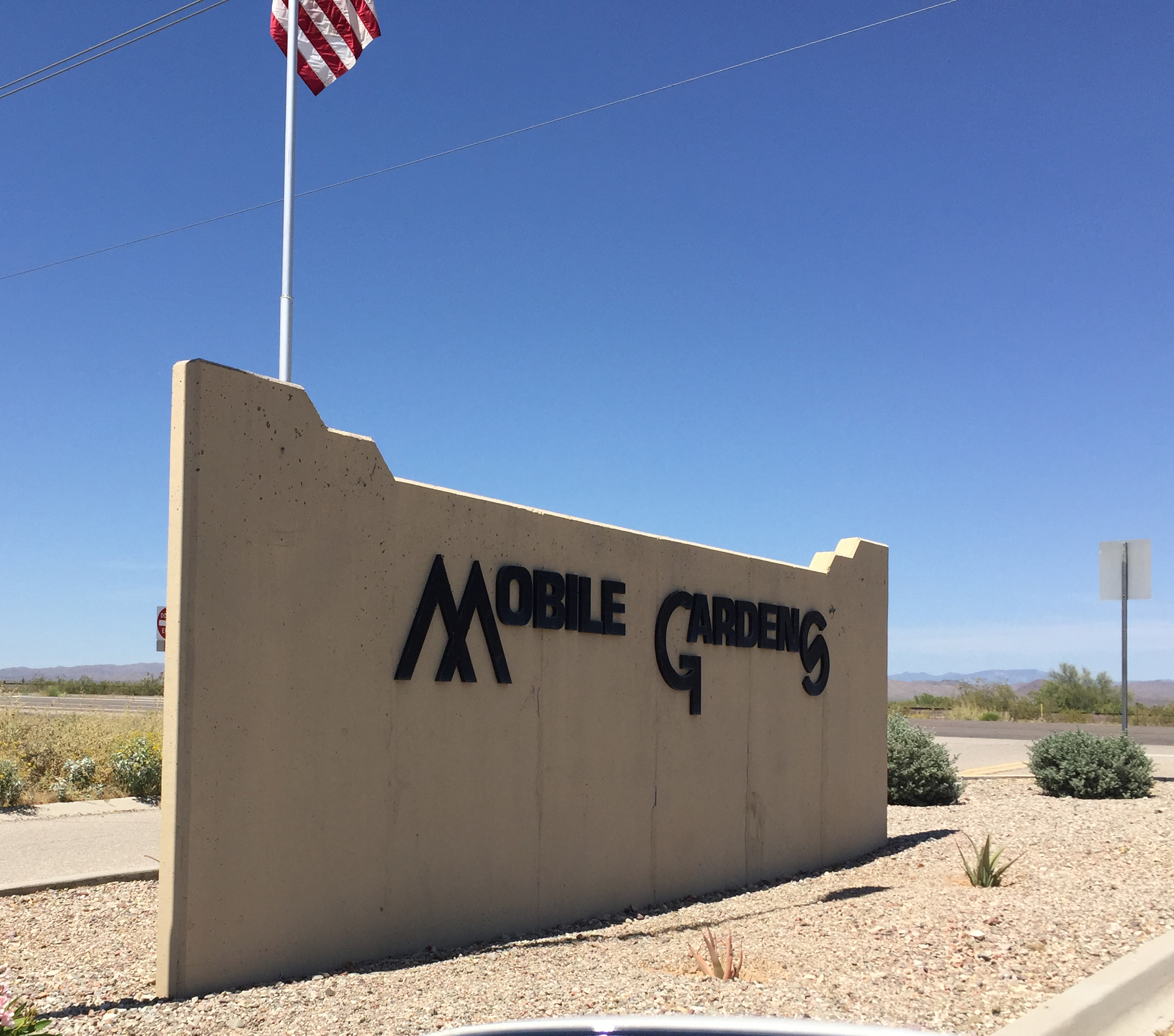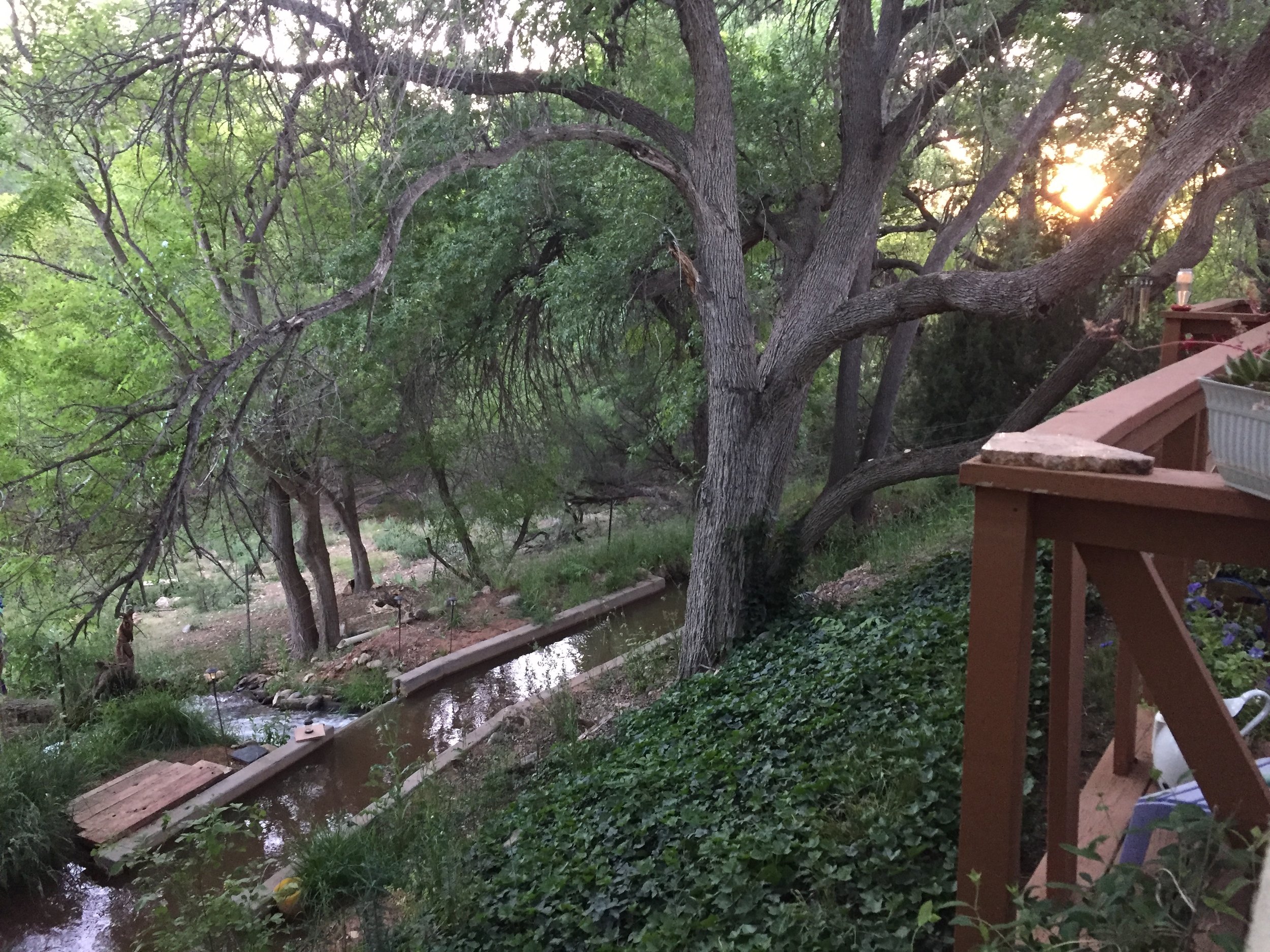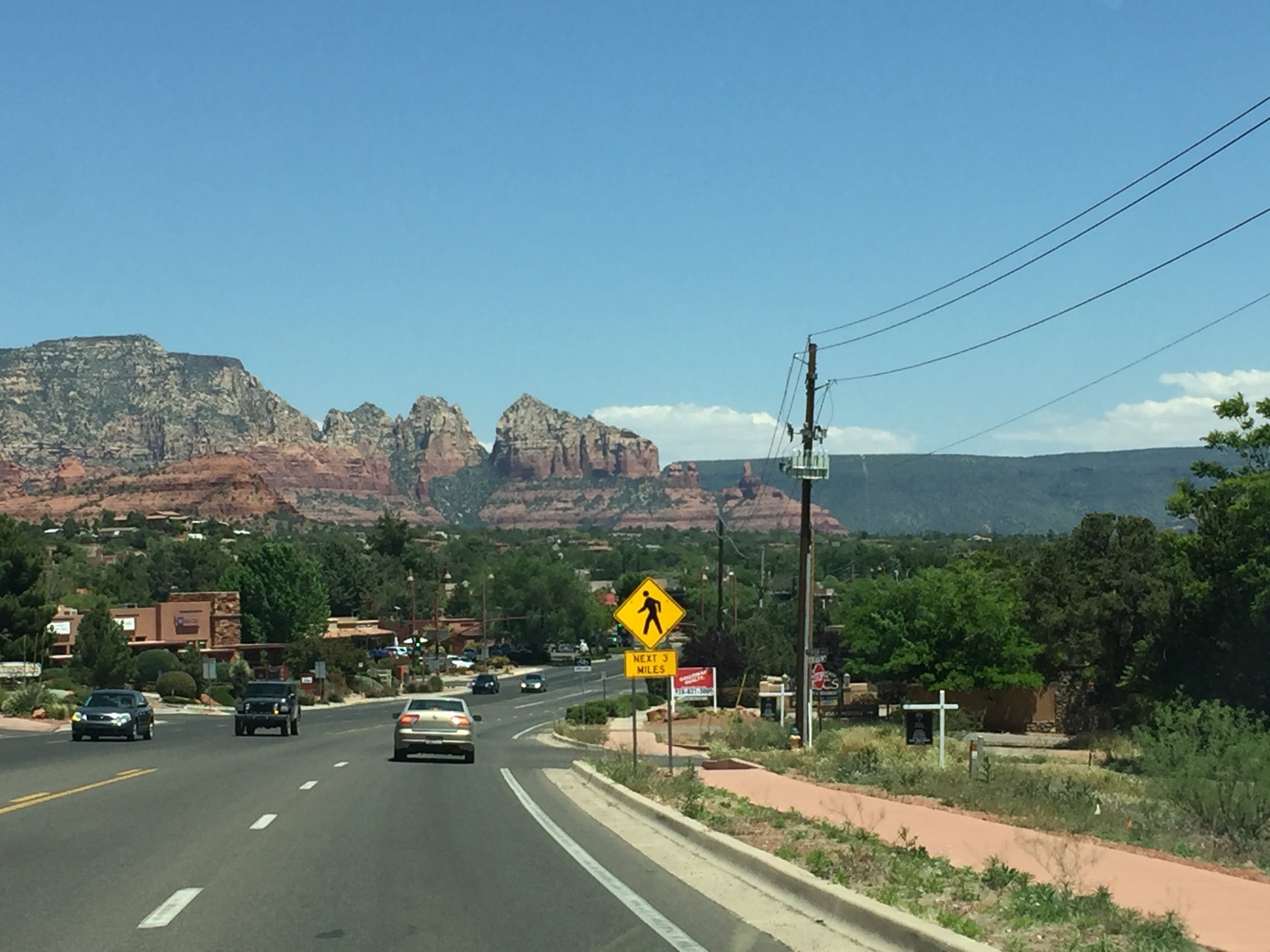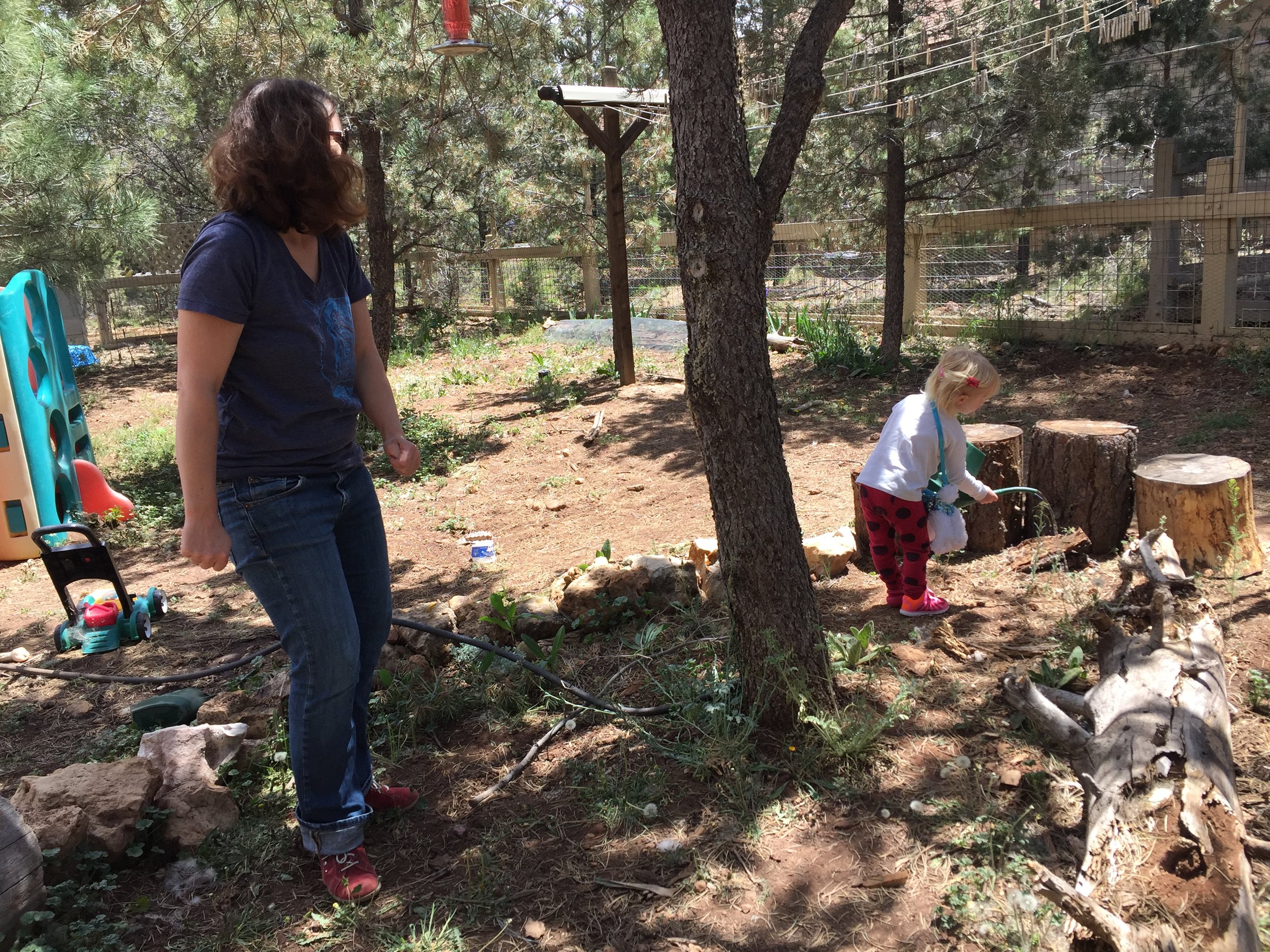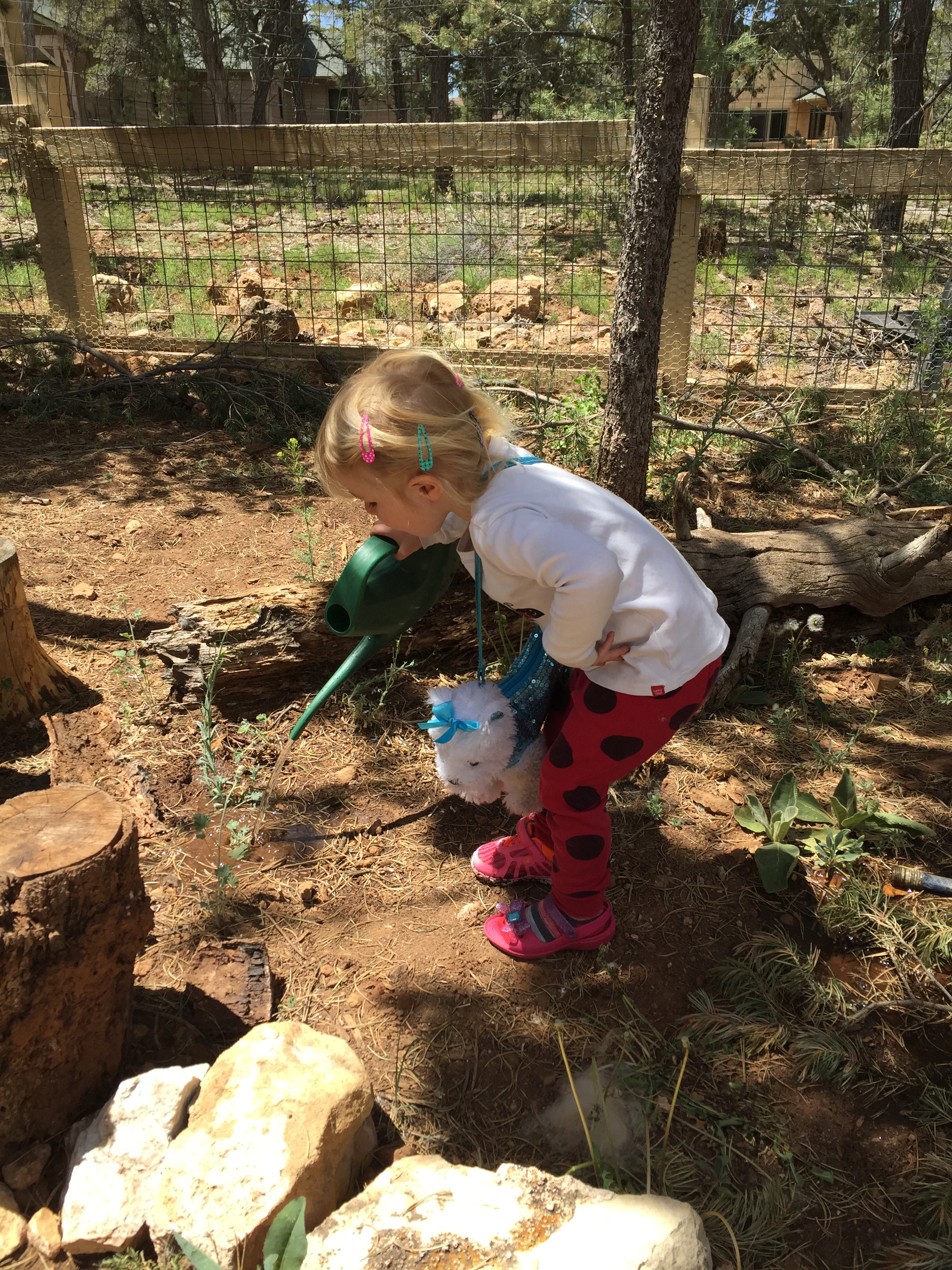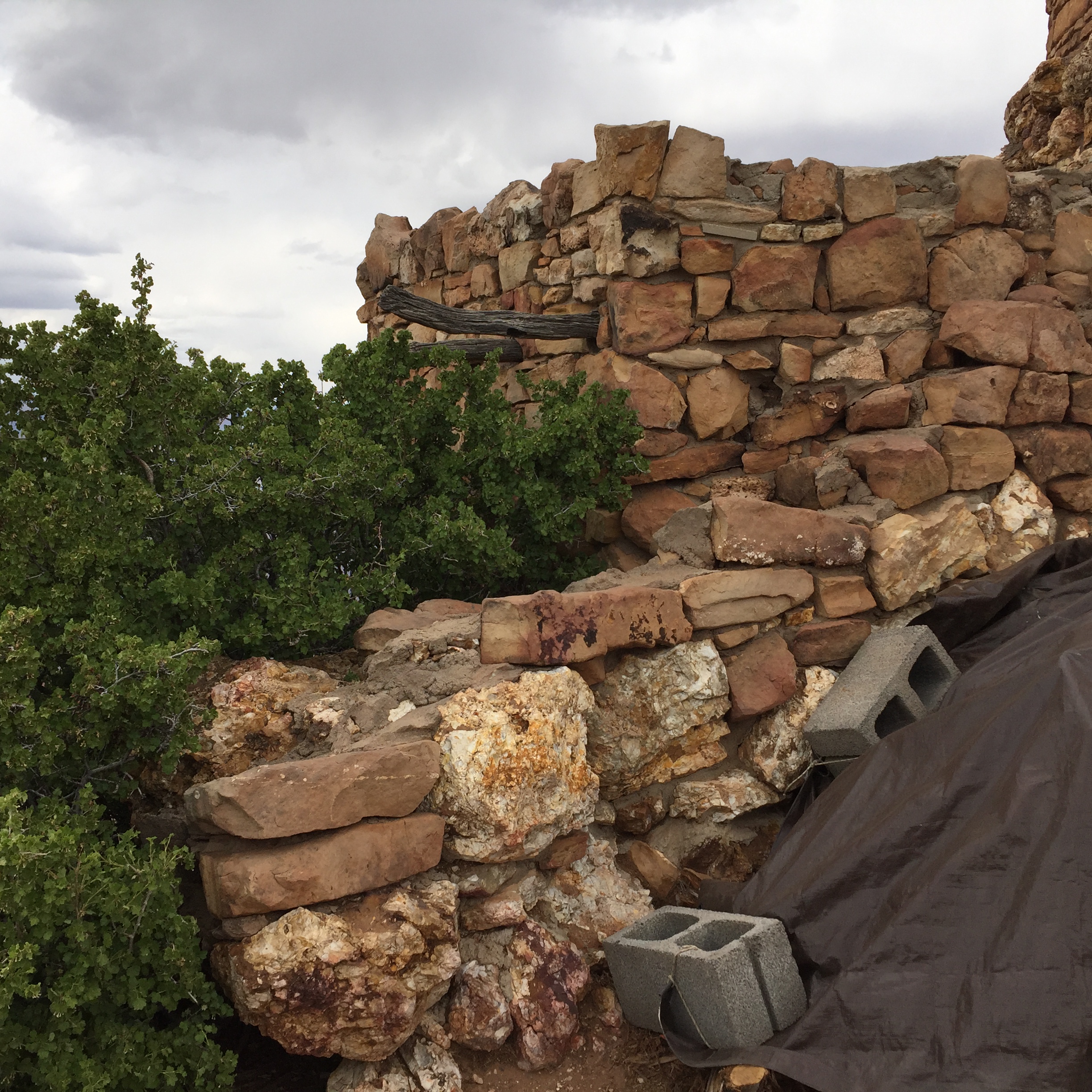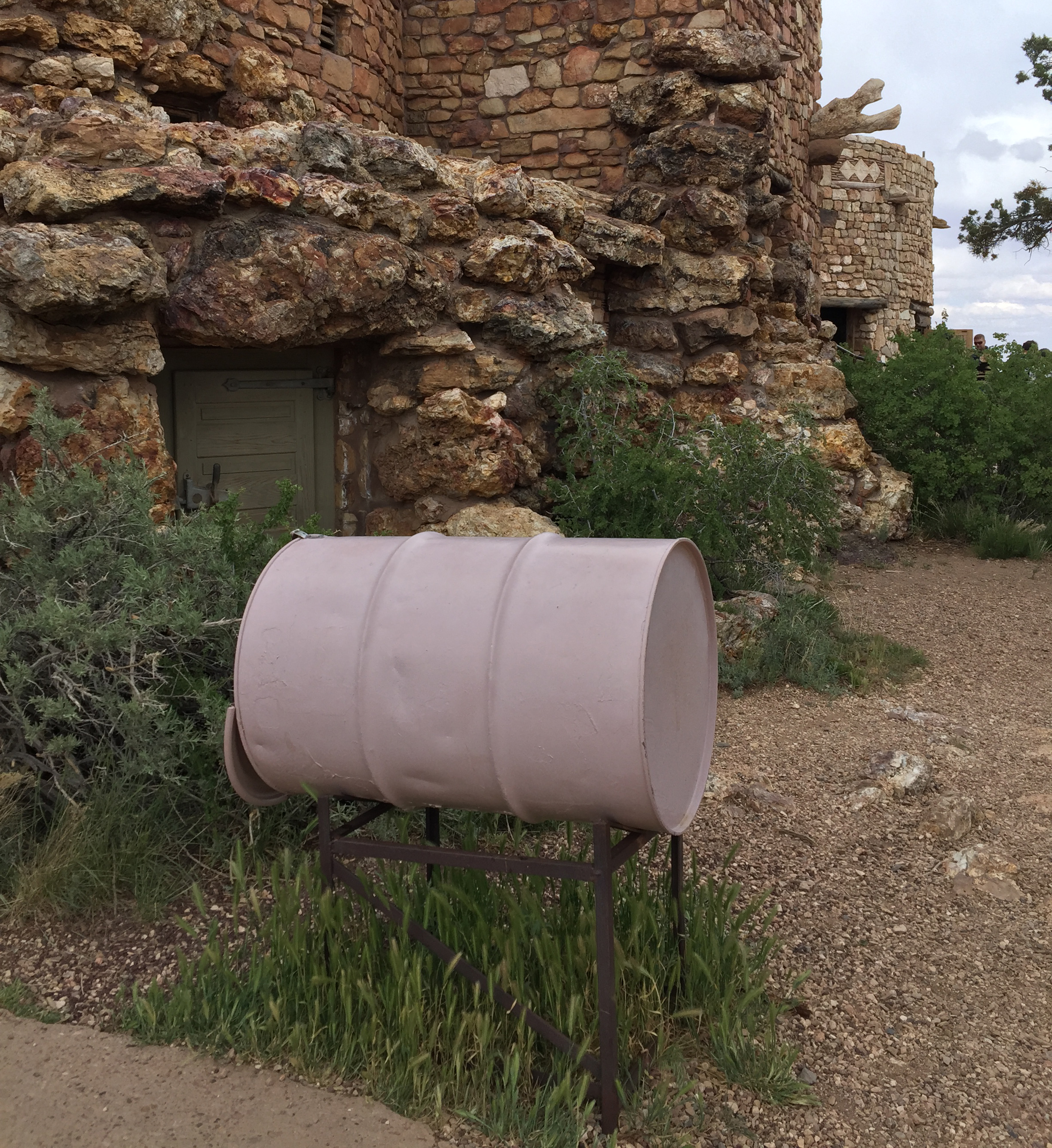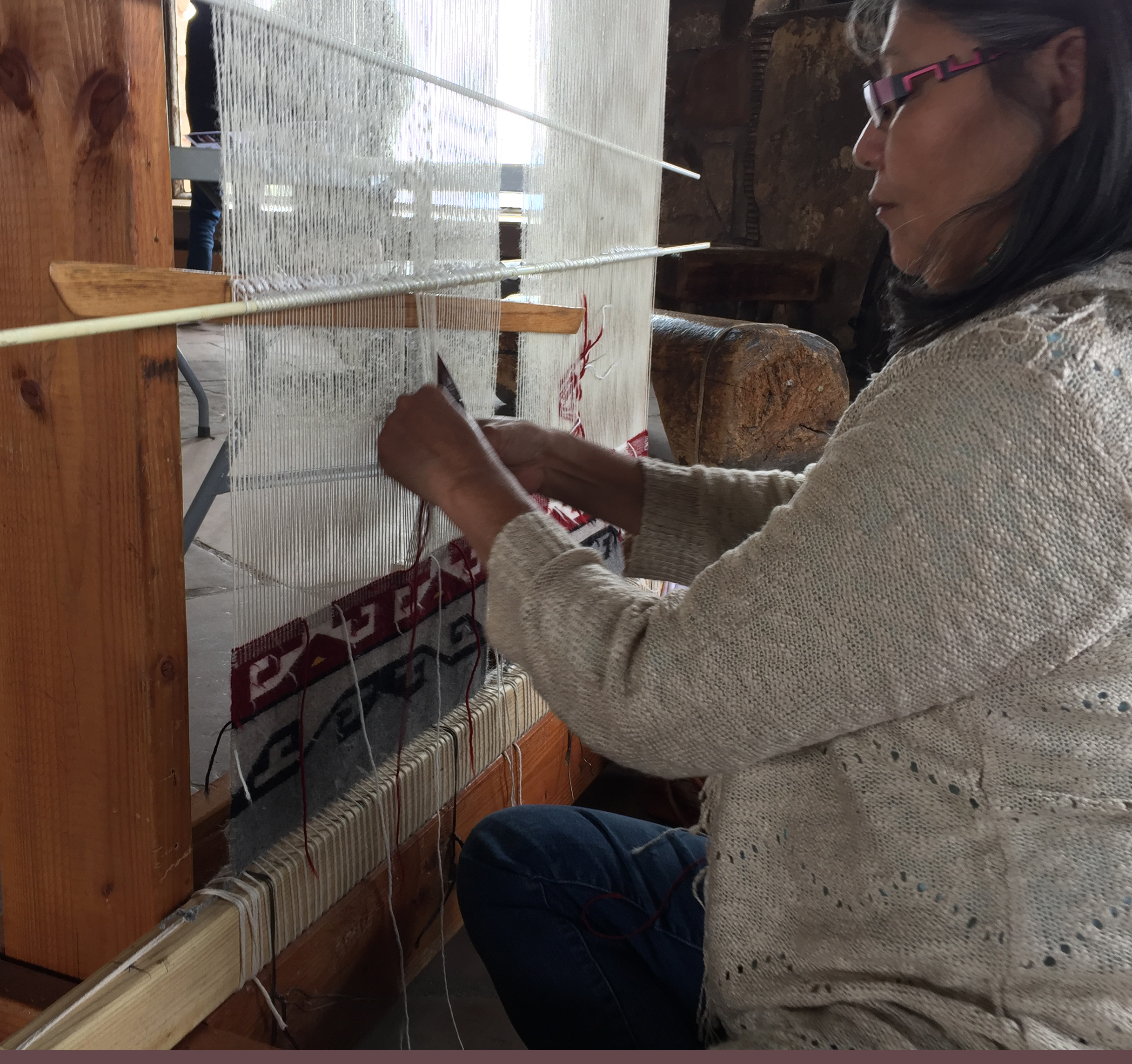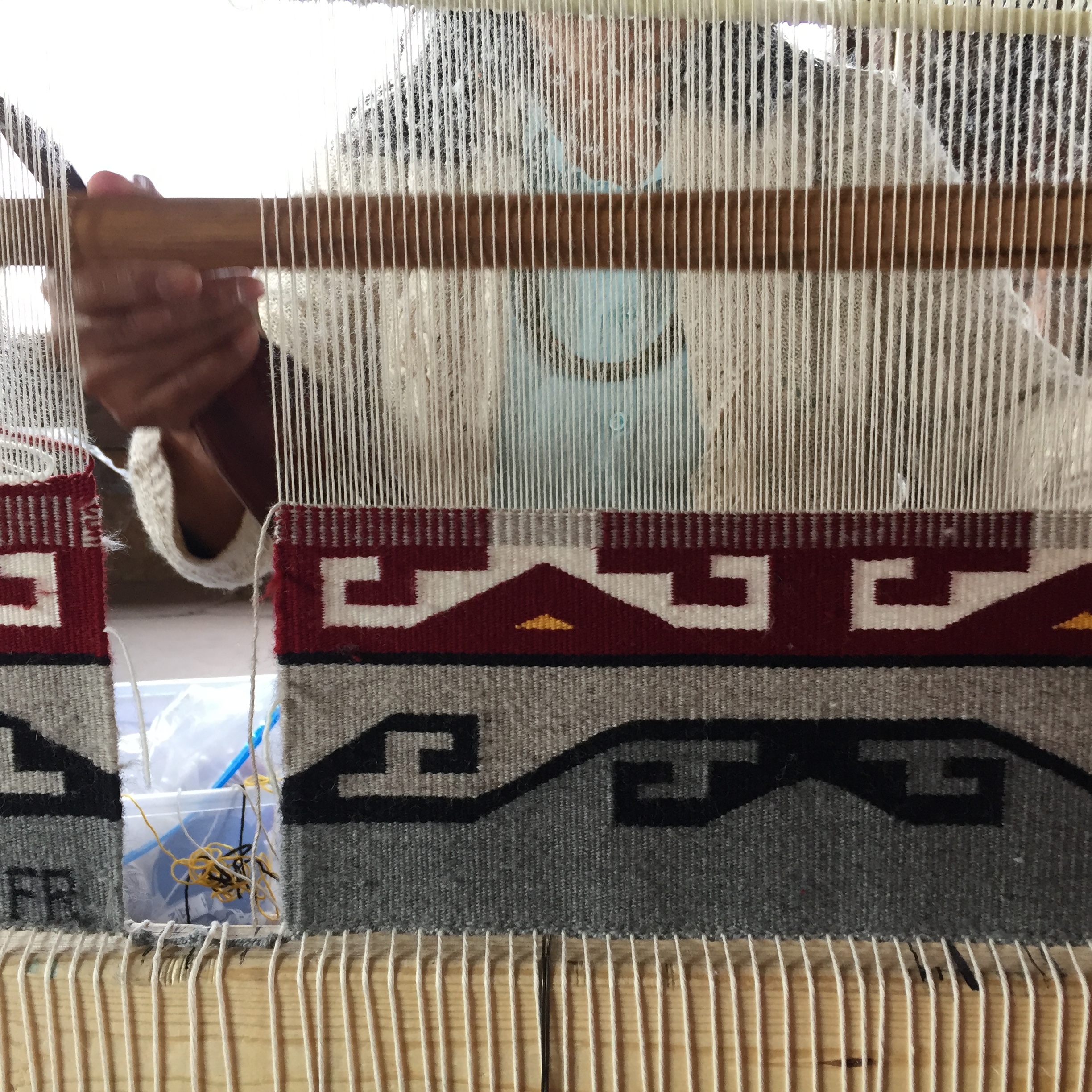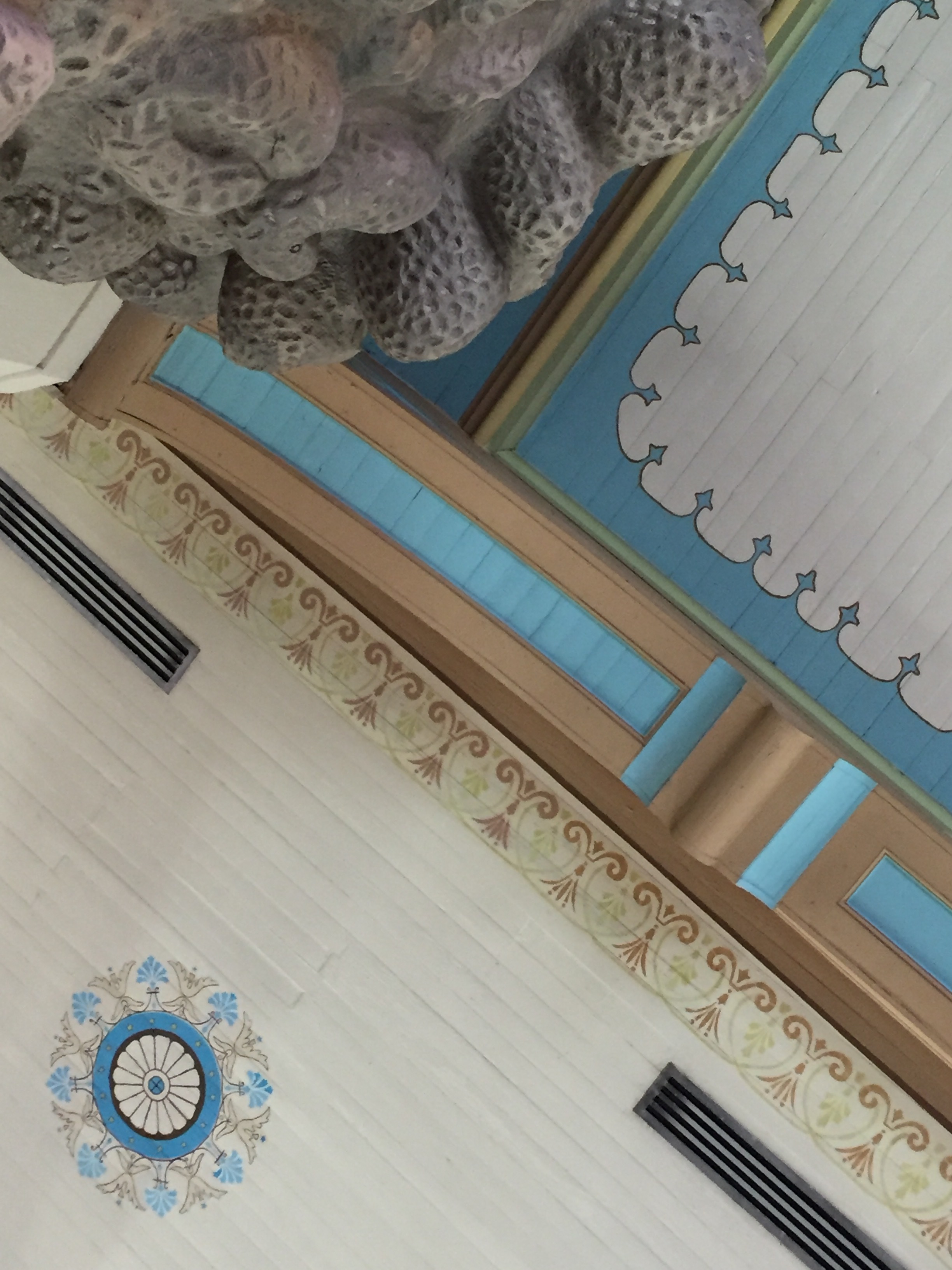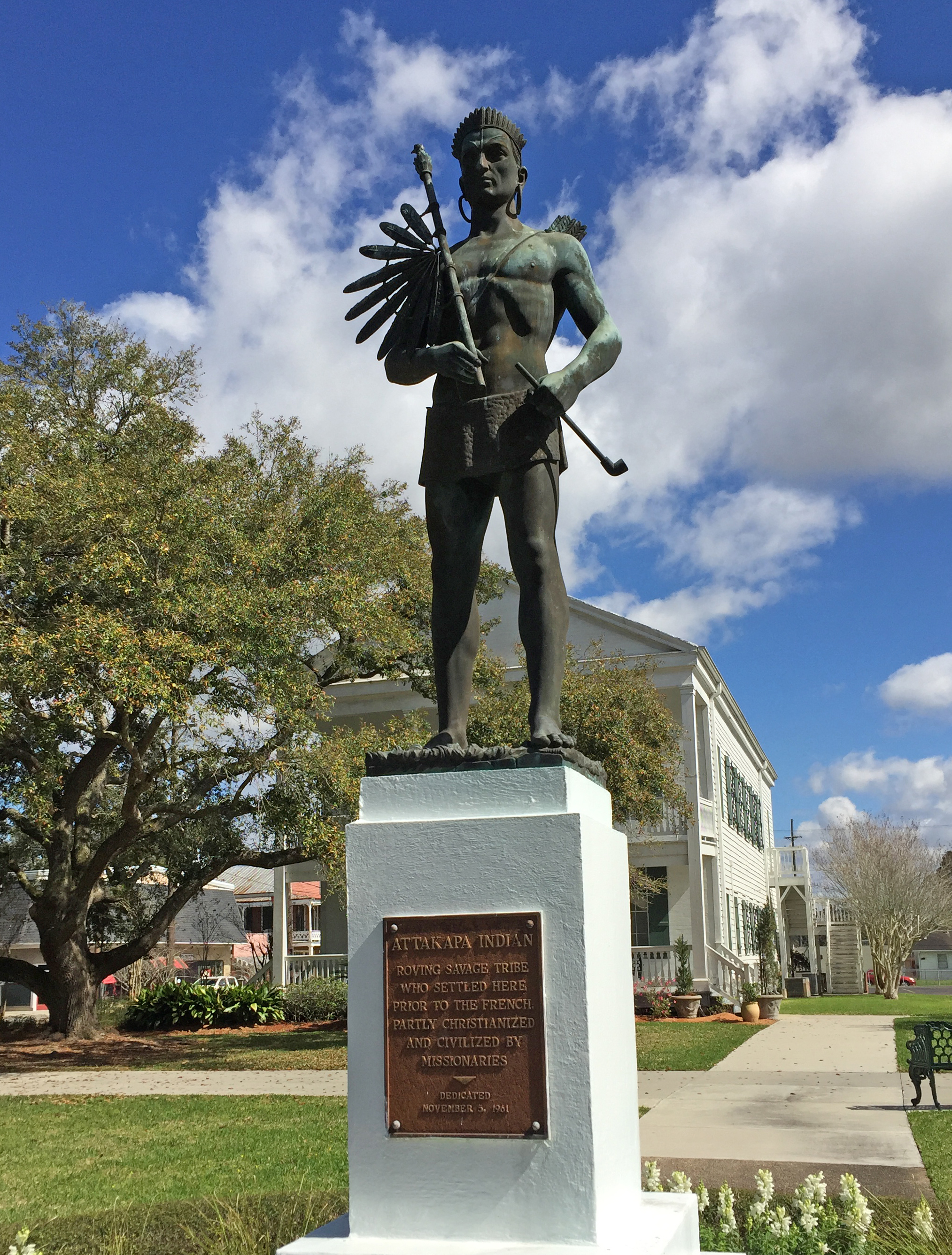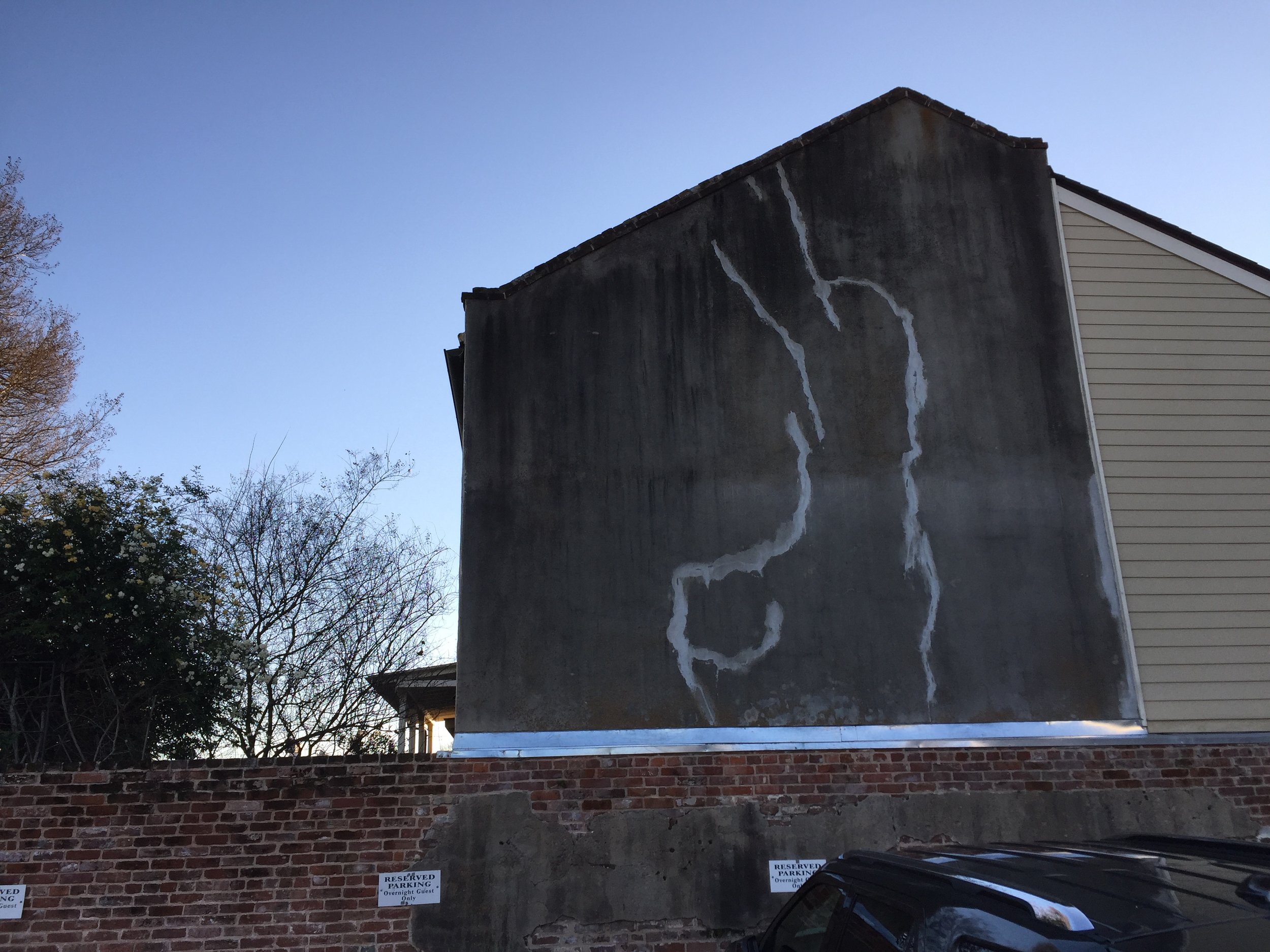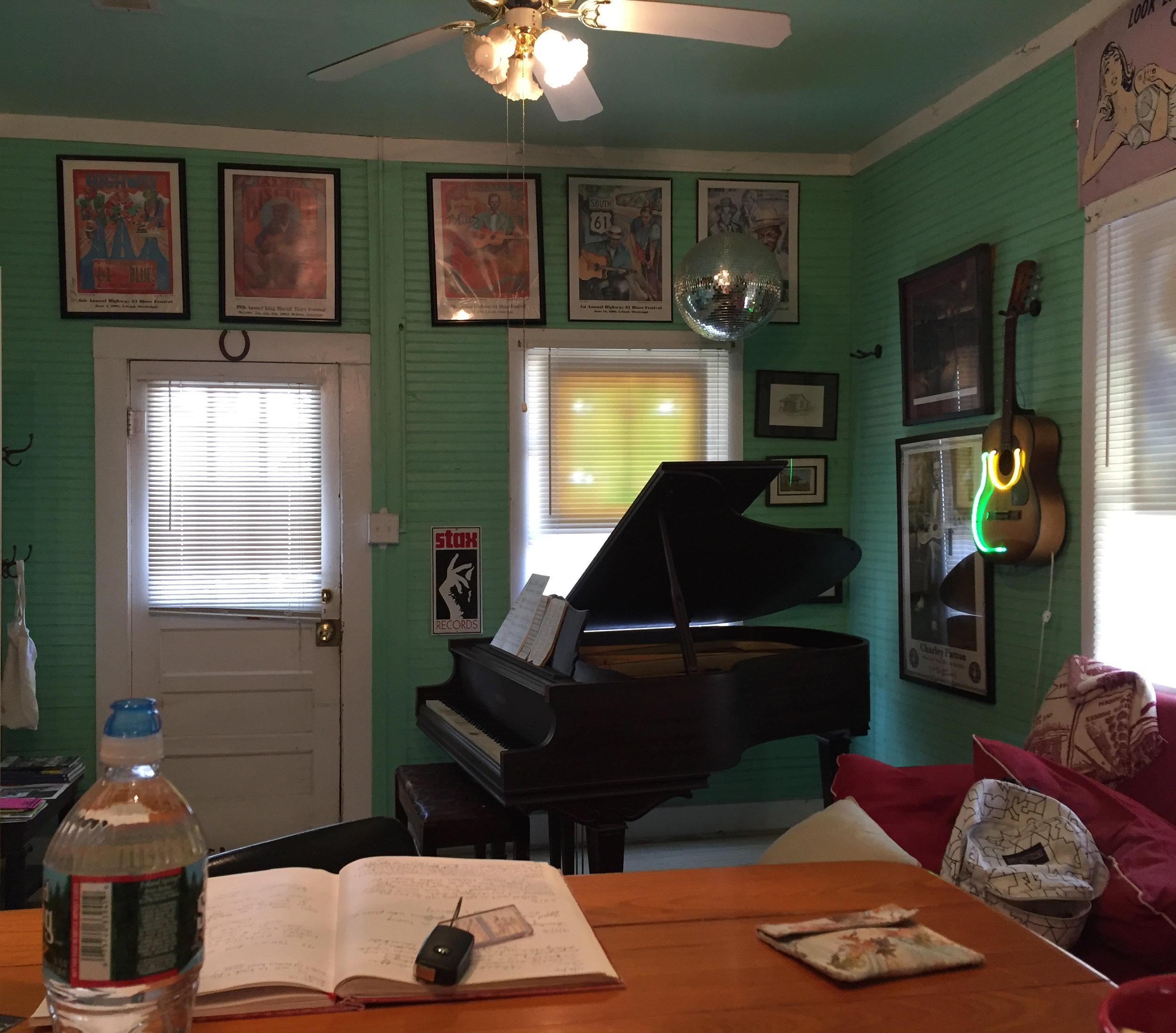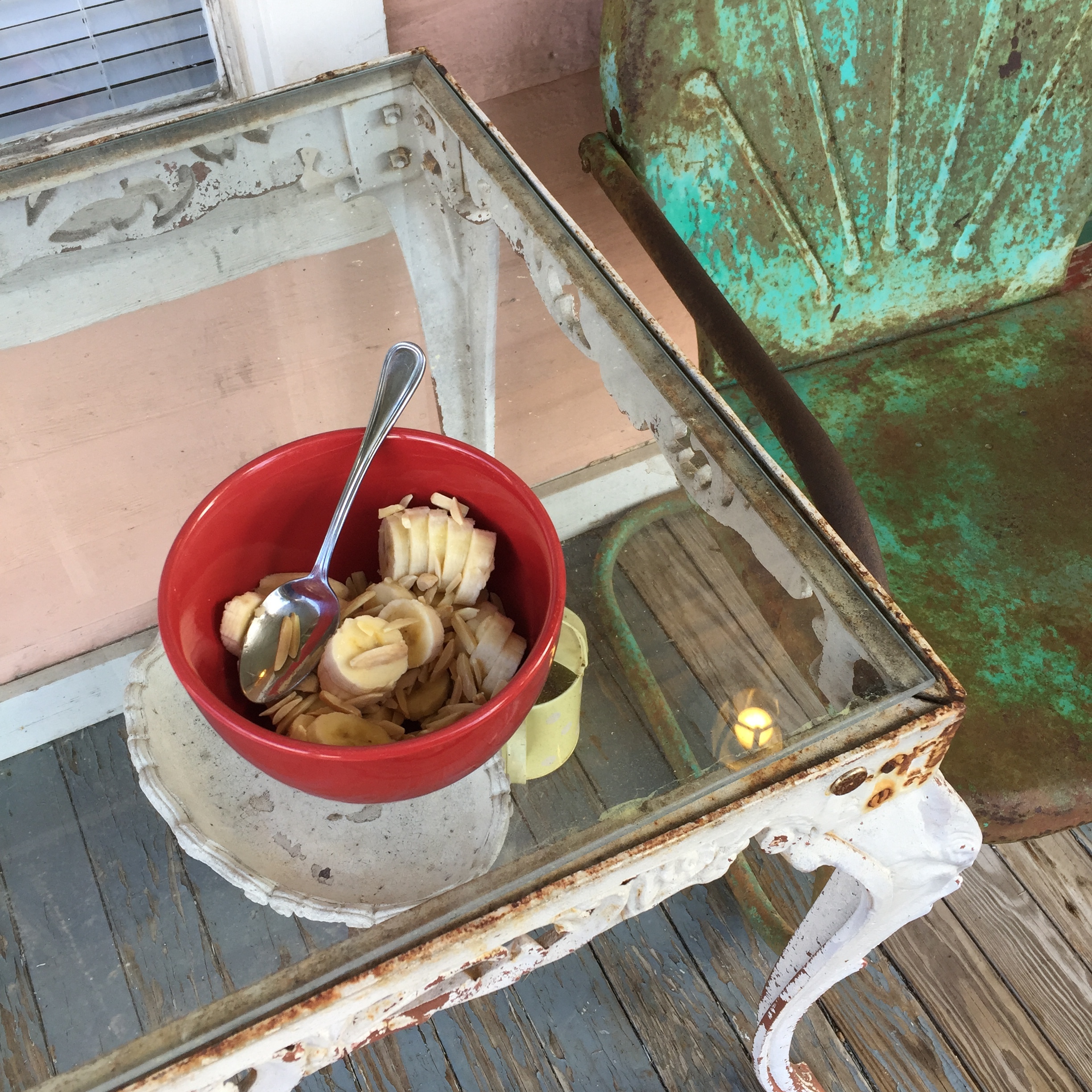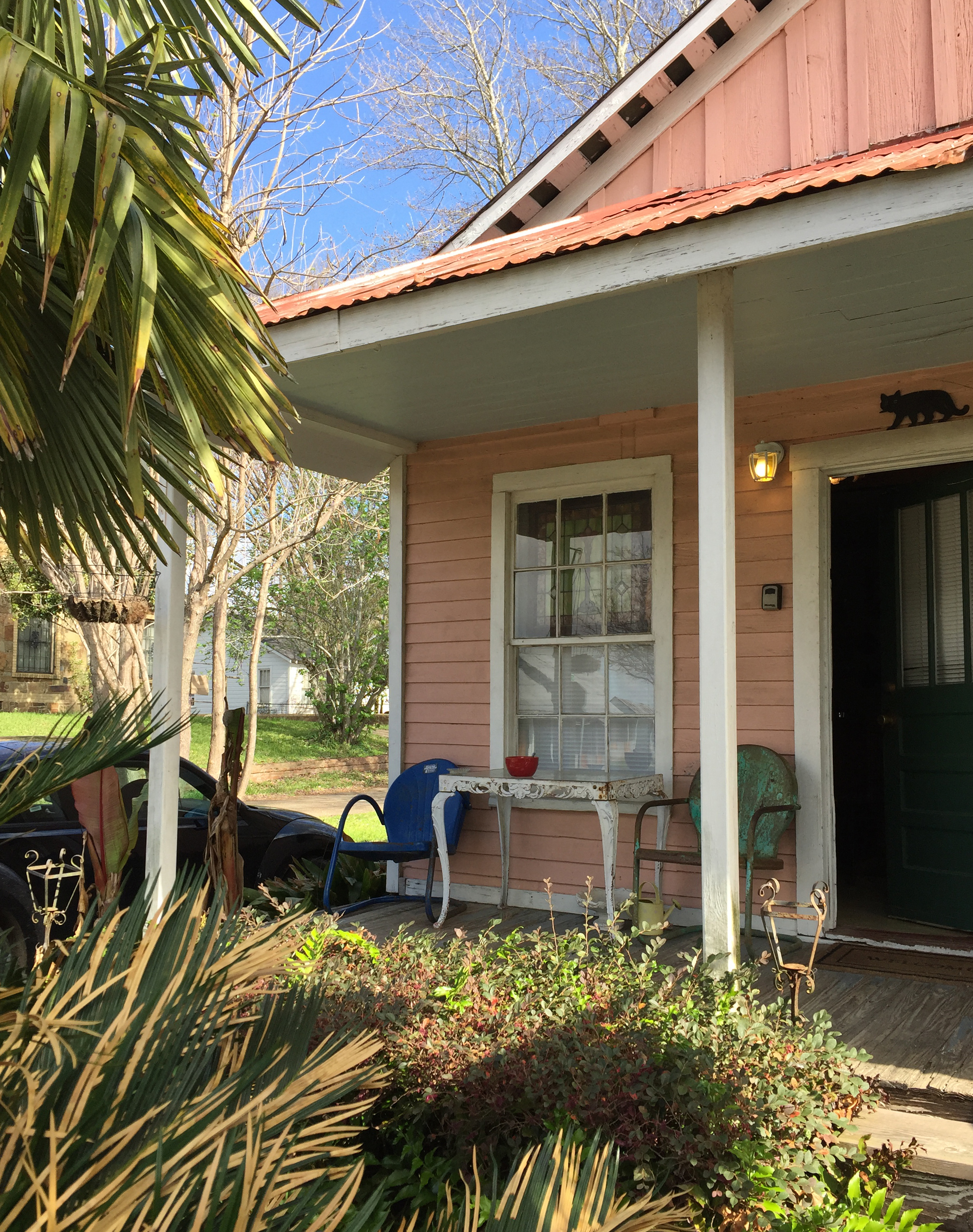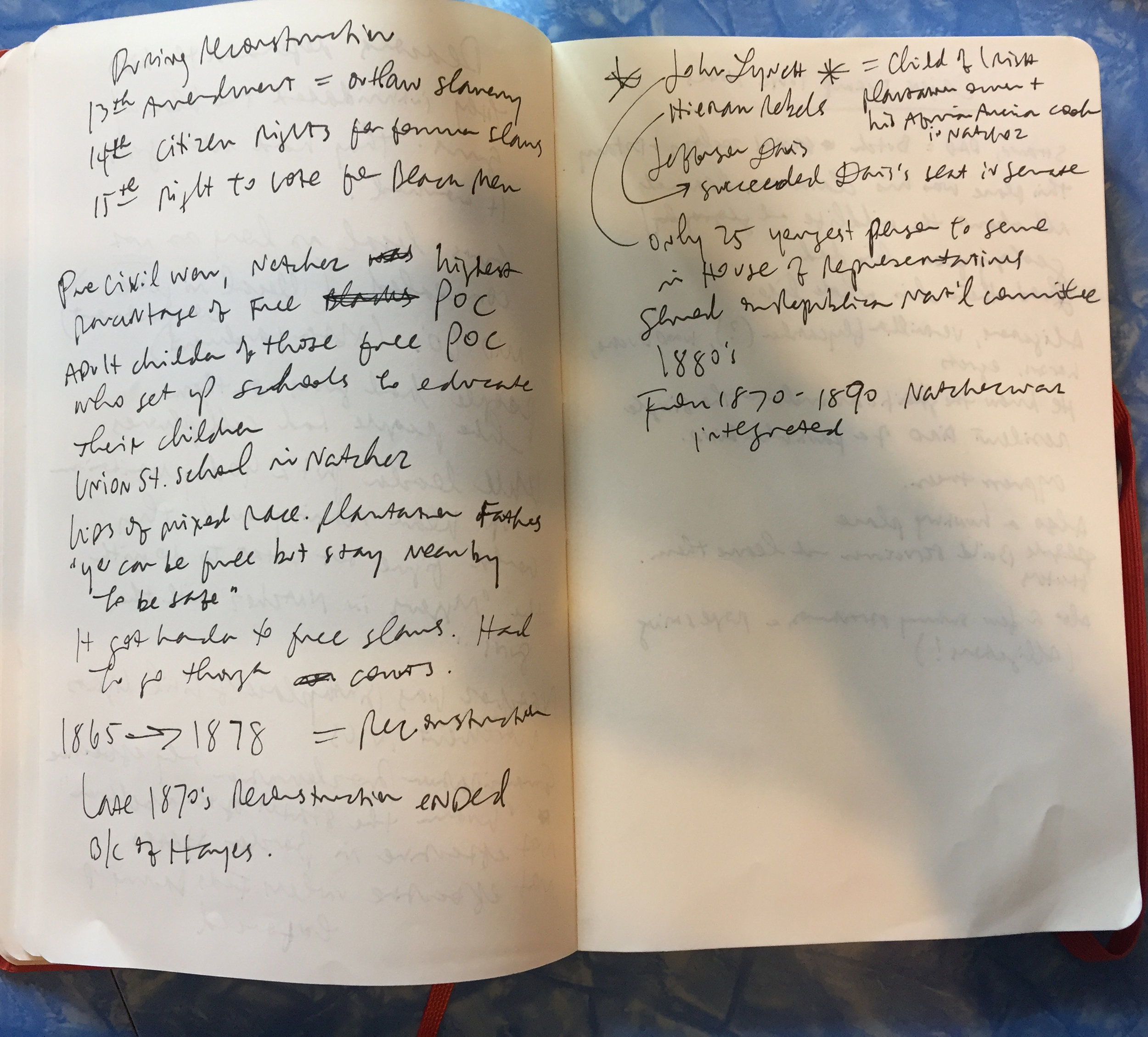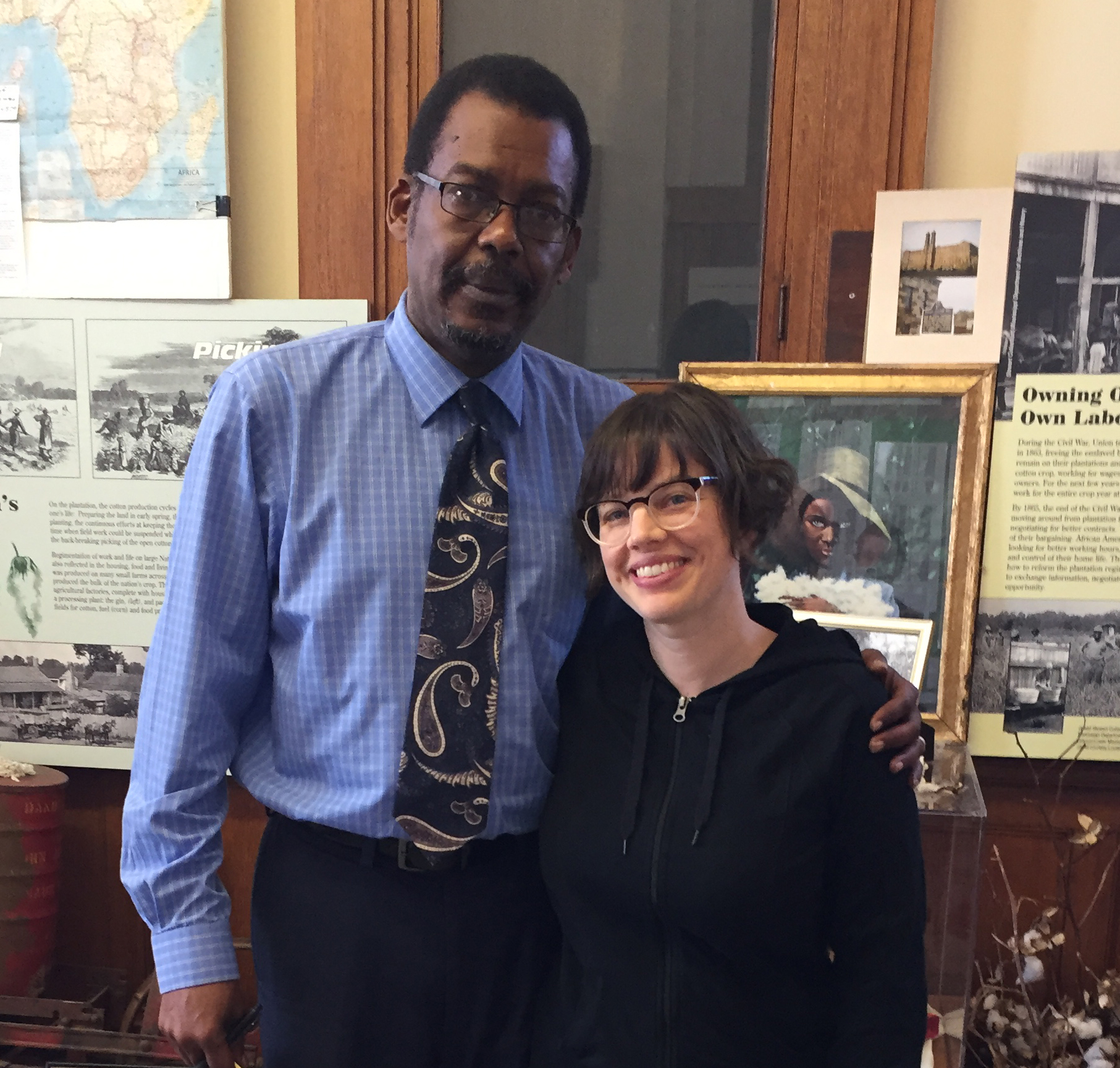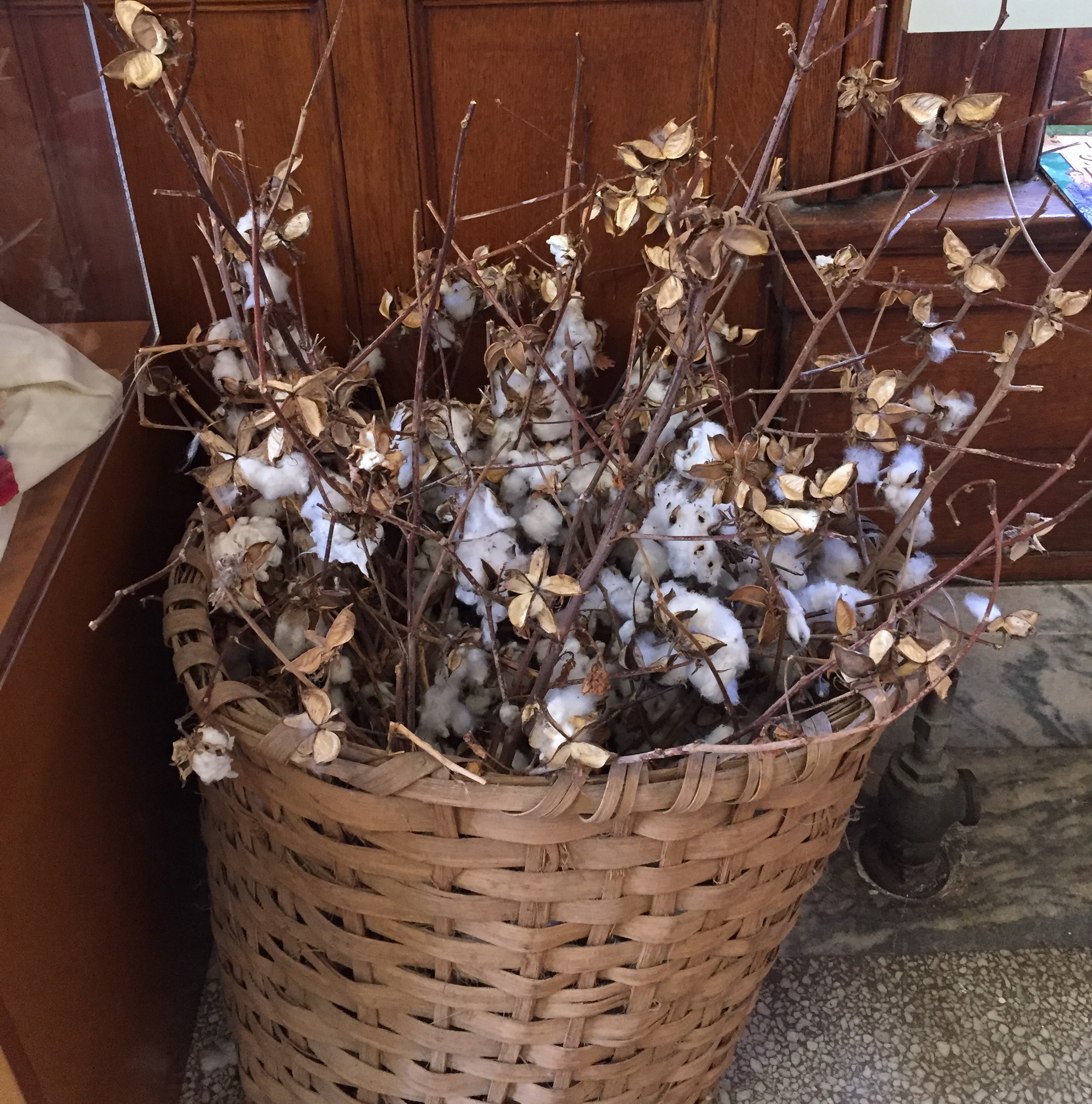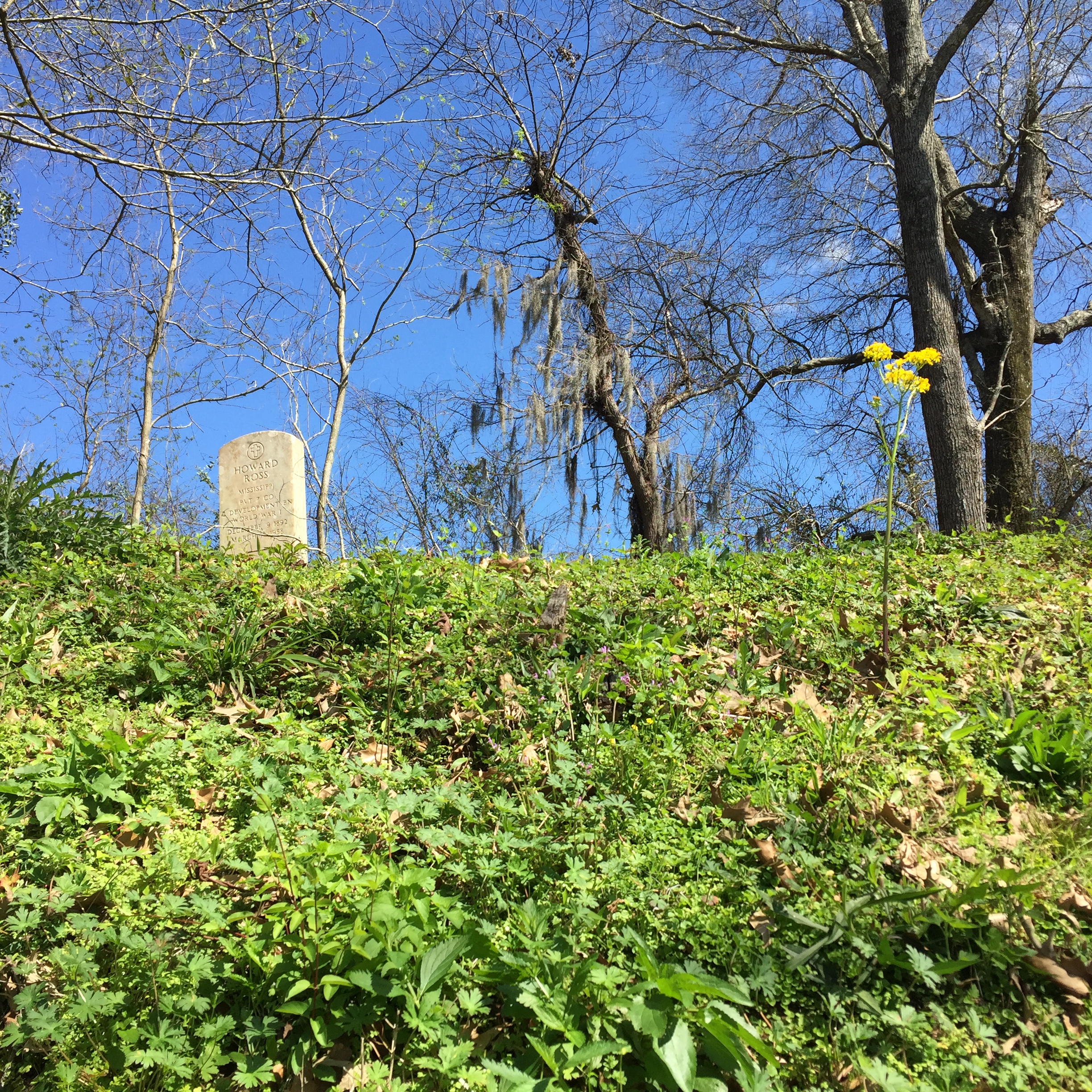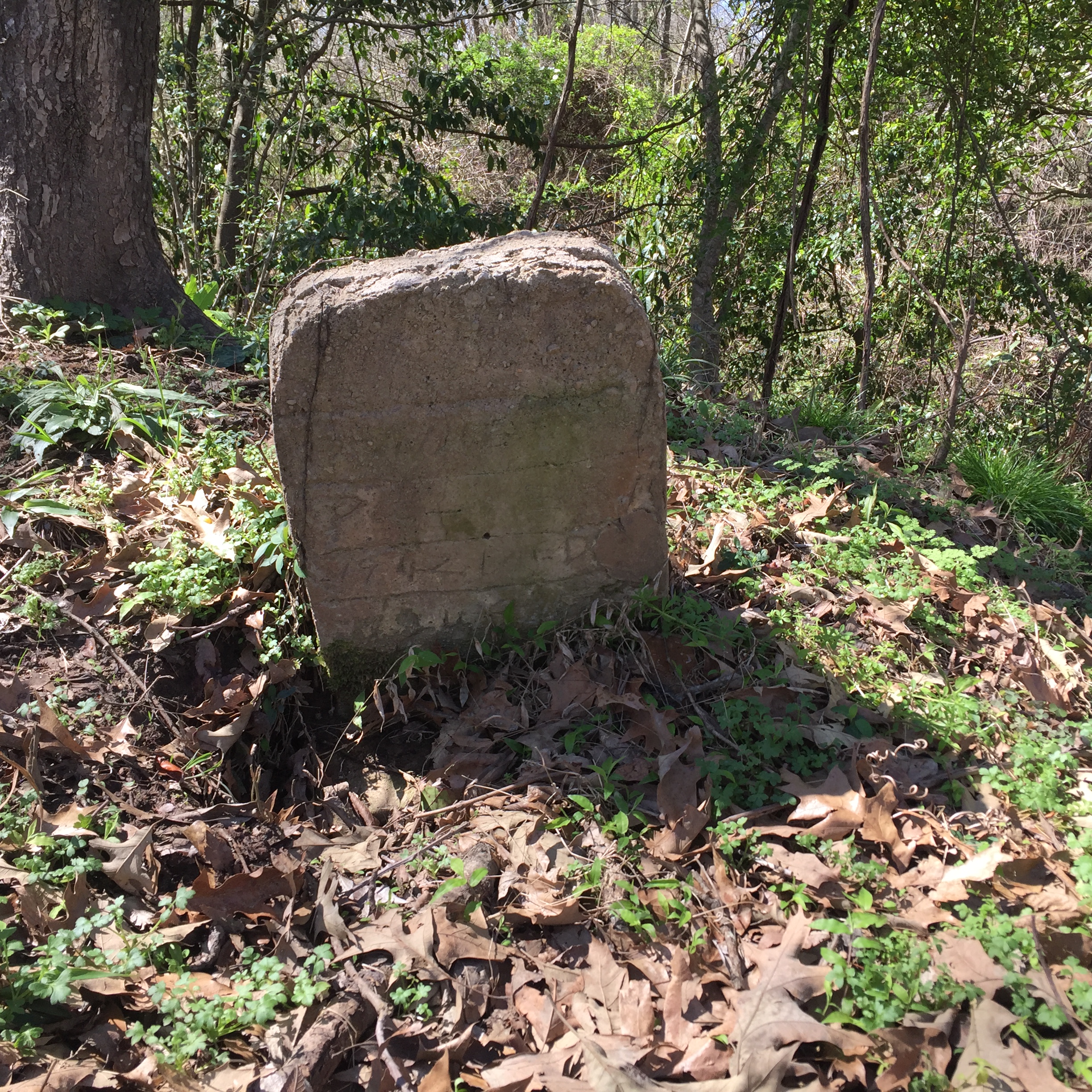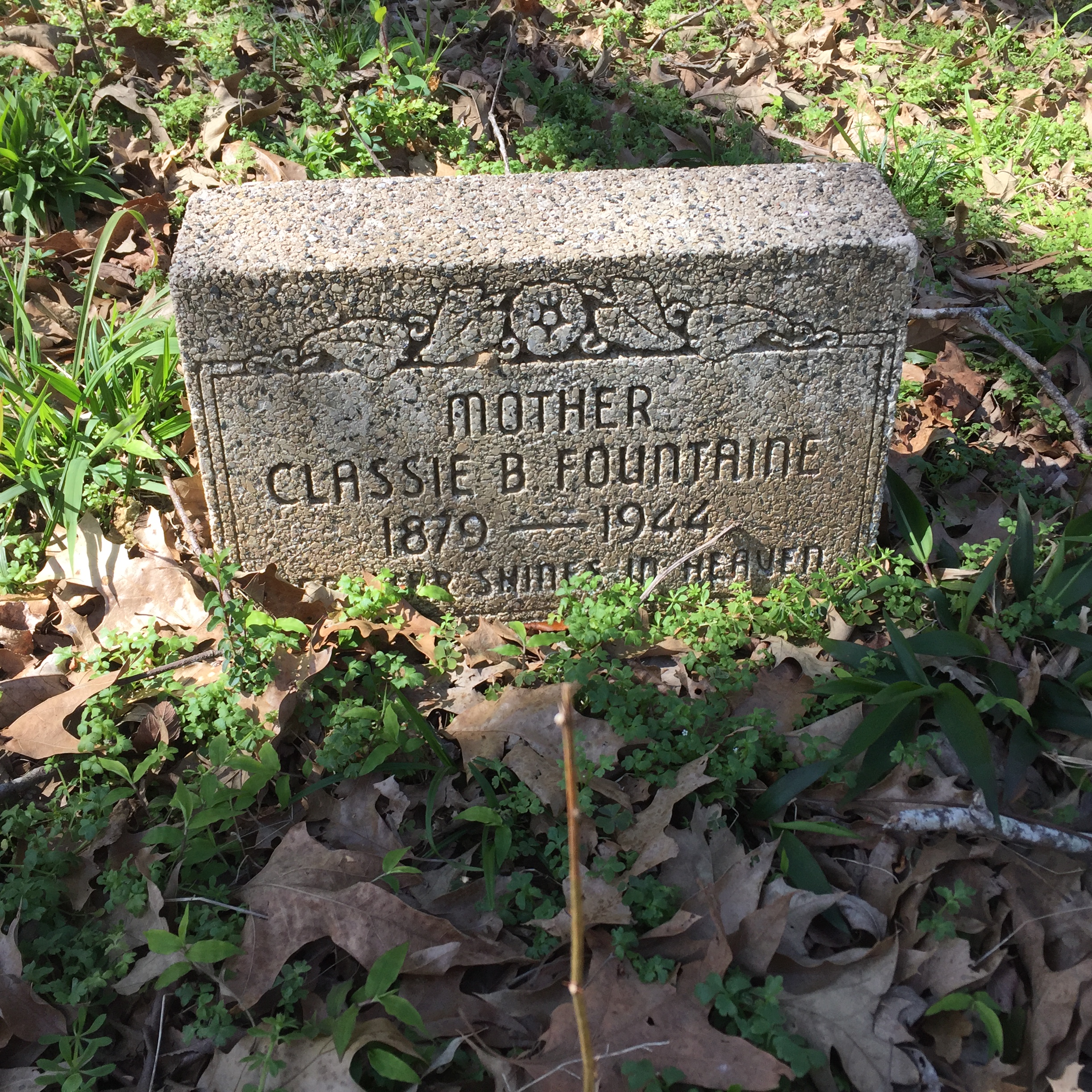“The town, green and hilly and with streams running through it, though not far from an abandoned steelmill, had been discovered by these hordes and their anger, and all their new money and new anger had culminated in the incident, the Bike Pump Maiming - only Josie called it this, but still - in the middle of town. The incident involved a man in a pickup truck and a man on a bicycle, and the result had been a fight that left one man half-dead. But it had not been the pickup man who had beaten the bicycle man, not at this moment, in this town - no, this was the contemporary inversion, the version where the bike-riding man, wearing spandex and riding a five-thousand-dollar machine, triumphs over the kindly lawn-cutter in his rusted truck. The bicycle man had apparently taken umbrage at the pickup driver, who scraped out a living trimming grass and doing one-man landscaping gigs, who apparently had not given the bicyclist wide enough berth while passing. They were both on the road, traveling along the tiny pond that an environmental group had preserved for migrating ducks and stationary herons. So at the stop sign, the bicyclist pulled up, yelled his choice words, at which point the pickup driver stepped out and was promptly struck in the head with a bicycle pump. The driver went down and was struck again and again until the bicyclist, in his spandex and tiny special shoes, had fractured the lawn-cutter’s skull and blood covered his face and spattered on the rhododendron that had recently been planted on the median by the Retired Gardeners’ Club (RGC), which had supplanted the Association of Green Retirees. It was inside out, utterly backwards but perfectly emblematic of these new angry people rushing. to and fro, always rushing to angrily go jogging, to angrily explain, to angrily expound, to explode when interrupted or slowed down, ready to be disappointed. These were the people! Josie made a mental note. The bicycle man, the maimer, would be in her Disappointed musical. Could there be some nod to Mame? Would that be too much?”
- Dave Eggers, Heroes of the Frontier, 2019








